Fields Paleontology | Role Paleontologist Name Barnum Brown | |
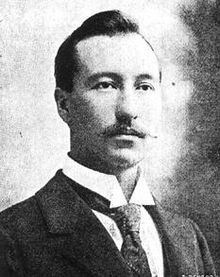 | ||
Died February 5, 1963, New York City, New York, United States | ||
Barnum brown the man who discovered tyrannosaurus rex
Barnum Brown (February 12, 1873 – February 5, 1963), commonly referred to as Mr. Bones, was an American paleontologist. Named after the circus showman P. T. Barnum, he discovered the first documented remains of Tyrannosaurus rex during a career that made him one of the most famous fossil hunters working from the late Victorian era into the early 20th century.
Contents
- Barnum brown the man who discovered tyrannosaurus rex
- Barnum brown studio final 3 15 14
- Fossil dinosaur expeditions
- Earliest anthropoid discovery
- Public persona
- References

Barnum brown studio final 3 15 14
Fossil dinosaur expeditions
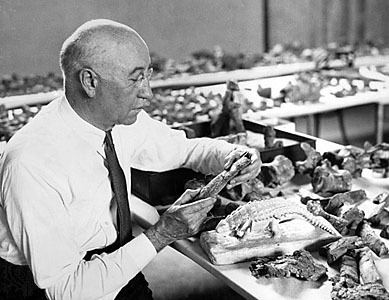
Sponsored by the American Museum of Natural History (AMNH), Brown traversed the country bargaining and trading for fossils. His field was not limited to dinosaurs. He was known to collect or obtain anything of possible scientific value. Often, he simply sent money to have fossils shipped to the AMNH, and any new specimen of interest often resulted in a flurry of letters between the discoverer and Brown.
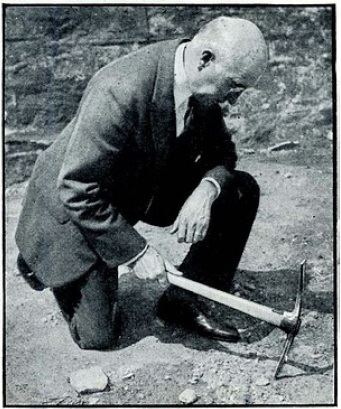
After working a handful of years in Wyoming for AMNH in the late 1890s, Brown led an expedition to the Hell Creek Formation of Southeastern Montana. There, in 1902, he discovered and excavated the first documented remains of Tyrannosaurus rex.
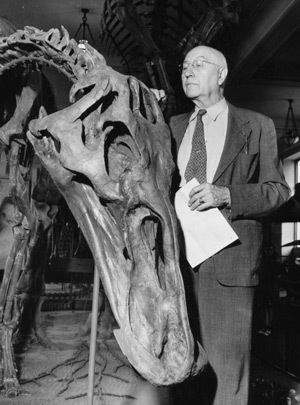
The Hell Creek digs produced extravagant quantities of fossils, enough to fill up whole train cars. As was common practice then, Brown's crews used controlled blasts of dynamite to remove the tons of rock covering their fossil discoveries. Everything was moved with horse-drawn carriages and pure manpower. Seldom was any site data recorded.
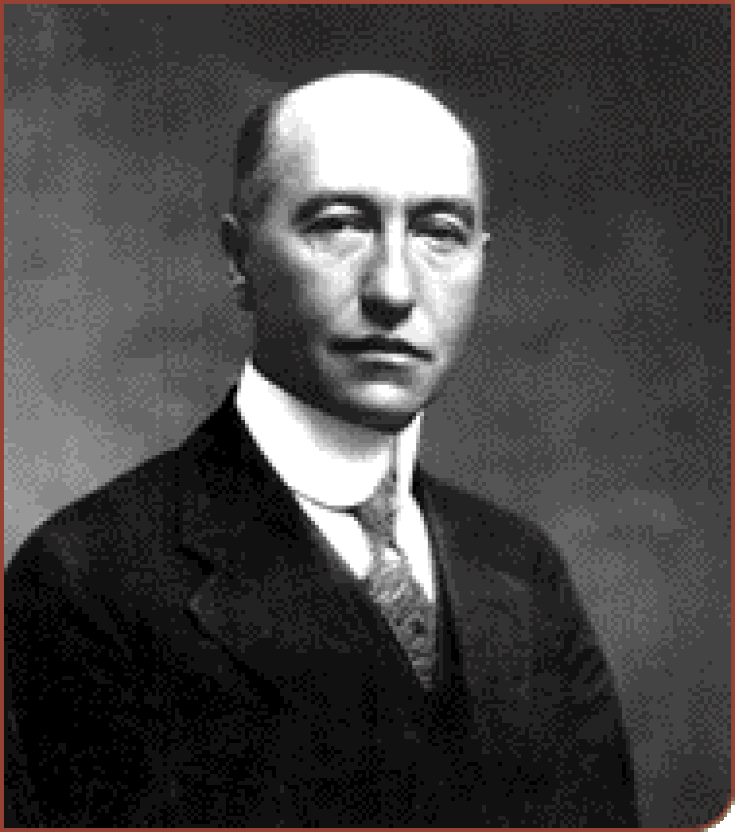
After nearly a straight decade in Montana, Brown headed to Alberta, Canada and the Red Deer River near Drumheller. Here, Brown and his crew spent the middle 1910s floating down the river on a flatboat and stopping along the way to prospect for fossils at promising-looking sites. Trying to outdo them along the same stretch of river was the famous Sternberg family of fossil hunters. It was to be a playful, friendly rivalry for the Browns and the Sternbergs. Their competing discoveries went down in the annals of paleontology.
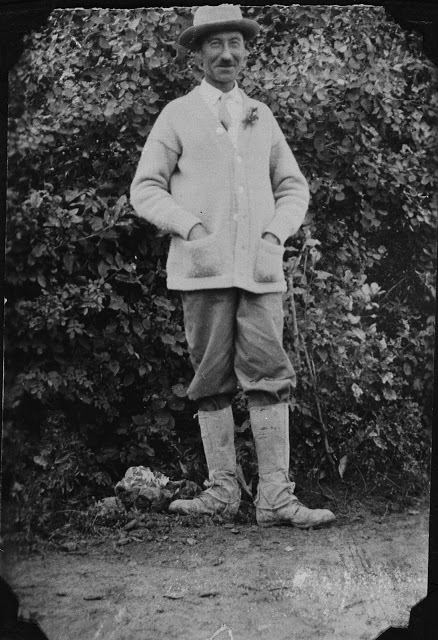
In one of their most significant finds, in 1910 Brown's team uncovered several hind feet from a group of Albertosaurus collected in Dry Island Buffalo Jump Provincial Park. For years the fossils were largely forgotten in the recesses of the American Museum of Natural History in New York City. Then Dr. Phil Currie, the Head of Dinosaur Research at the Royal Tyrrell Museum of Palaeontology in the 1990s, relocated the site of the bones using only an old photograph as a guide, and reopened the site for excavation in the summer of 1998. Examination of the site under the Tyrrell Museum's auspices lasted until August, 2005. However, once Dr. Currie took a new job at the University of Alberta, his new crew worked the site in 2006 and intends to continue for several years.

An homage to the paleontologist was made in the 1998 IMAX film T-Rex: Back to the Cretaceous, in which he was played by actor Laurie Murdoch.
Earliest anthropoid discovery
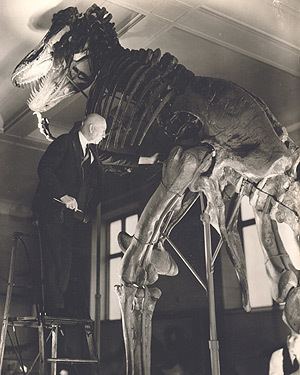
In early 1923, Brown travelled with his then-wife Lilian to Yangon, the capital of what was then Burma. Brown focused his fossil prospection along areas of Pondaung Sandstone. A mandible with three teeth was recorded and catalogued at an exposure of sandstone outside of the town of Mogaung. He did not recognise the significance of his find until 14 years later, when Edwin H. Colbert, of the American Museum of Natural History, identified the fossil as a new species of primate and the earliest known anthropoid in the world. He named the holotype Amphipithecus mogaungensis, or the ape-like creature of Mogaung. There is however considerable debate regarding its status as a primate and the lack of fossils compounds this issue.
Public persona
Brown lived at the tail end of an unprecedented age of scientific discovery, and was one of its more colorful practitioners. At dig sites in Canada, Brown was frequently photographed wearing a large fur coat.
During World War I and II, he worked as an "intelligence asset." During his many trips abroad he wasn't above picking up spare cash acting as a corporate spy for oil companies.
Brown's second wife, Lilian Brown, wrote a book of memoirs, I Married a Dinosaur (Dodd Mead, 1950), about her expeditions with her husband.
Brown was buried in Oxford, New York, the hometown of his first wife.
